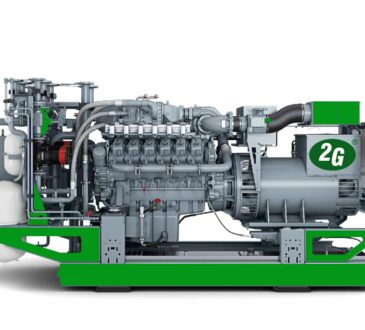Building a circular reCommerce lifecycle
reCommerce is rapidly emerging as a circular business model, refurbishing and reselling used products to prolong their lifecycle.
Brands from Apple to Hoover to IKEA are tapping into reCommerce that combines sustainability and economic agendas and is expected to grow by 20x compared to traditional retail between now and 2025.
Companies see reCommerce as an ideal model to decouple sales from raw material usage, build their brand and address new customers segments. Pioneering companies are able to create meaningful synergies between their brand narrative and re-commerce strategy, driving customer loyalty and brand value.
There’s no ‘one size fits all’ model. A marketplace that has been focused on peer-to-peer models like eBay is being revolutionised. Managed platforms like ReBuy, BackMarket, Vestiaire Collective or Upway are developing platforms that also incorporate refurbishment. Brands such as Patagonia or Decathlon are building circular business models, either fully integrated or under a new identity.
Product reuse through (refurbishing and) reselling previously-owned products, often in exchange for store credit. Companies seek to decouple sales from raw material usage, build their brand and address new customers segments. Pioneering companies create meaningful synergies between their brand narrative and reCommerce strategy, driving customer loyalty and brand value.
The different models of reCommerce include:
Fully Integrated – Decathlon buys back almost all products from its customers – even certain non-Decathlon items. The products are then refurbished internally and sold on their website at a discount
New Branding – Through its Refurbished Systems offering, Philips offers pre-owned medical equipment that has been thoroughly refurbished, upgraded and quality tested.
Certified Partner – Rolex offers a certification service to its network of certified dealers. The Certified Pre-Owned watches are then sold by dealers with a 2-year warranty
Managed – reBuy buys back used electronics from users, inspects, refurbishes and grades them in-house. The products are then sold on their website with a warranty.
Peer-to-Peer – Vinted’s free platform allows users to buy and sell a whole range of clothing and fashion accessories. Sellers list items for free, while buyer pays for shipping.
reCommerce is proving successful from lower-mid to high end luxury product categories and continuously expanding in different sectors – ideal for products with high quality and value retention.
Pure-players are continuously improving their user experience and specializing, making it easier for anyone to buy and sell products. Brands must now be creative to incentivise intake and can no longer simply rely on customer loyalty. D2C brands have an advantage.
Depending on companies’ specificities, reCommerce partnerships may be relevant and materialise in various forms (e.g., Cloe and Vestiaire Collective and EON, De’Longhi and eBay, Caterpillar and its dealer Teknogroup).
Popularity of reCommerce has given rise to a wave of enabling innovators offering solutions to brands ranging from digital to logistics and finance.
Brands benefit from thinking in fully lifecycles and optimising also for the reCommerce scenarios early on. Design for circularity: smart product design for quality and value retention in combination with efficient refurbishment operations.




